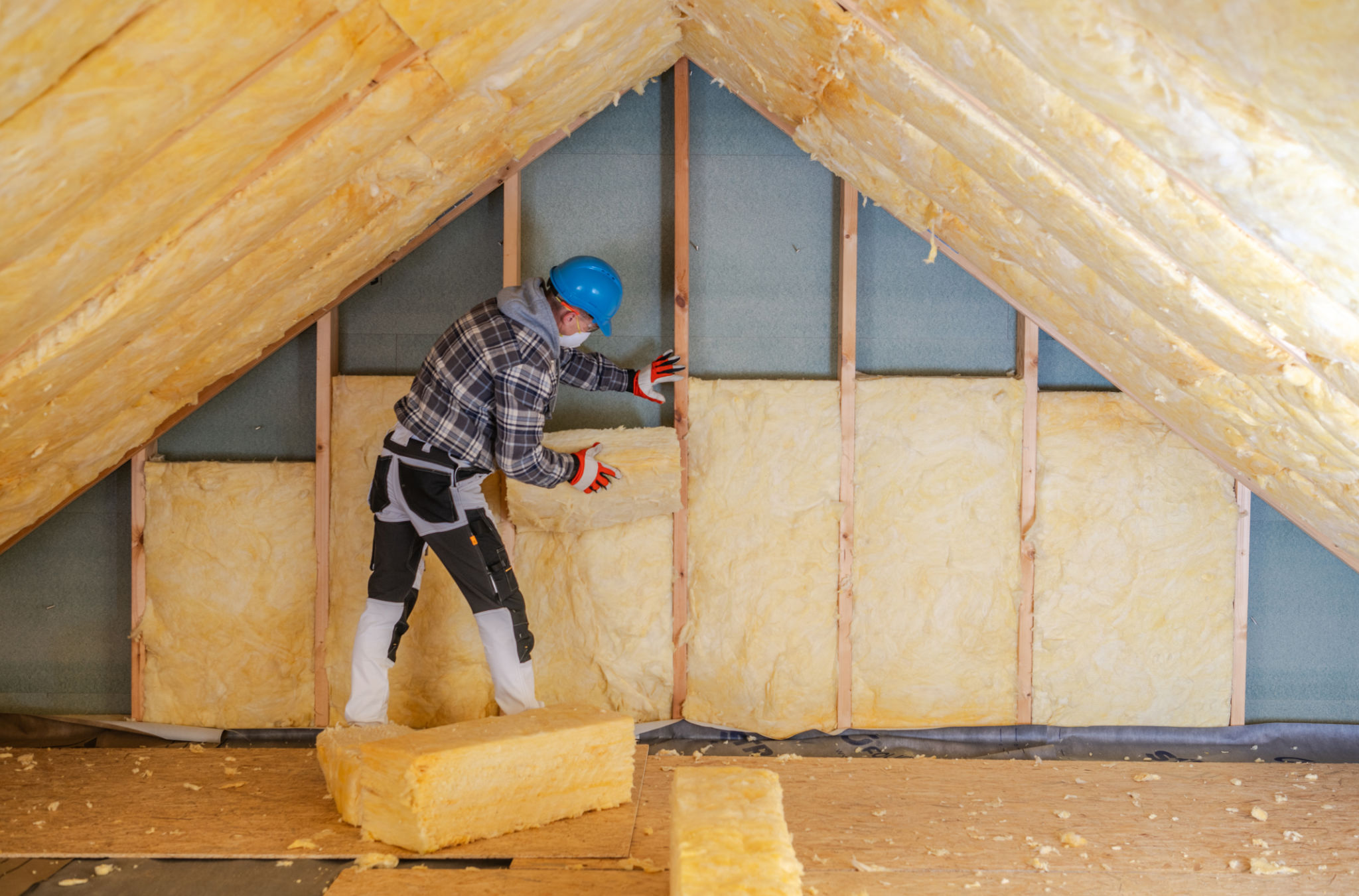Attic Insulation vs. Roof Insulation: What Sugar Land Homeowners Need to Know
Understanding the Basics of Attic and Roof Insulation
When it comes to insulating your home in Sugar Land, understanding the differences between attic insulation and roof insulation is crucial. Both play vital roles in maintaining energy efficiency and comfort, yet they serve distinct purposes. Attic insulation is typically installed within the attic space, focusing on preventing heat transfer between the attic and the living areas below. In contrast, roof insulation is applied directly beneath the roofing materials, aiming to reduce heat gain from the sun.
The choice between attic and roof insulation can significantly impact your home's energy efficiency, comfort, and even the longevity of your roof. It's essential to understand which type will best suit your needs based on your home's structure and your specific climate conditions.

Advantages of Attic Insulation
Attic insulation is a popular choice among homeowners for several reasons. Firstly, it is generally more cost-effective to install compared to roof insulation. Attic insulation can be added without significant structural changes, making it a simple yet effective way to enhance energy efficiency.
Moreover, attic insulation is known to effectively regulate indoor temperatures by minimizing the transfer of heat between the attic and living spaces. This can lead to reduced heating and cooling costs, as your HVAC system doesn't have to work as hard to maintain a comfortable temperature.

Benefits of Roof Insulation
On the other hand, roof insulation offers its own set of advantages. It is particularly beneficial in reducing heat gain from the sun, which is crucial for homes in warmer climates like Sugar Land. By insulating the roof, you can significantly lower the amount of heat entering your home, thus reducing the load on your air conditioning system.
Additionally, roof insulation can contribute to a longer lifespan for your roofing materials. By reducing thermal stress and temperature fluctuations, you can help prevent common roofing issues such as warping or cracking.

Factors to Consider When Choosing Insulation
Several factors should be taken into account when deciding between attic and roof insulation. Climate is a primary consideration; homes in hot climates will benefit more from roof insulation, while those in colder areas might prefer attic insulation for its ability to retain heat.
Your home's design and structure also play a key role. Some homes may not have sufficient attic space for traditional insulation methods, making roof insulation a more viable option. Additionally, budget considerations will influence your decision, as attic insulation is generally less expensive.
Combining Both Insulation Types
For some homeowners, the best solution may be a combination of both attic and roof insulation. This approach can maximize energy efficiency by providing comprehensive coverage against both heat loss and heat gain. While this option might require a higher initial investment, the long-term savings on energy bills can make it worthwhile.
Consultation with a professional insulation contractor can help determine the most effective strategy for your specific home and needs. They can assess your current insulation levels and recommend the best course of action based on their findings.

The Importance of Professional Installation
No matter which type of insulation you choose, professional installation is critical. Proper installation ensures that there are no gaps or areas of compressed insulation that could compromise its effectiveness. Experienced installers will also ensure that ventilation is adequately maintained to prevent moisture buildup and other potential issues.
Investing in quality insulation installation can lead to significant savings in energy costs and increased comfort levels in your home. It also provides peace of mind knowing that your home is well-protected against extreme temperatures and environmental factors.
